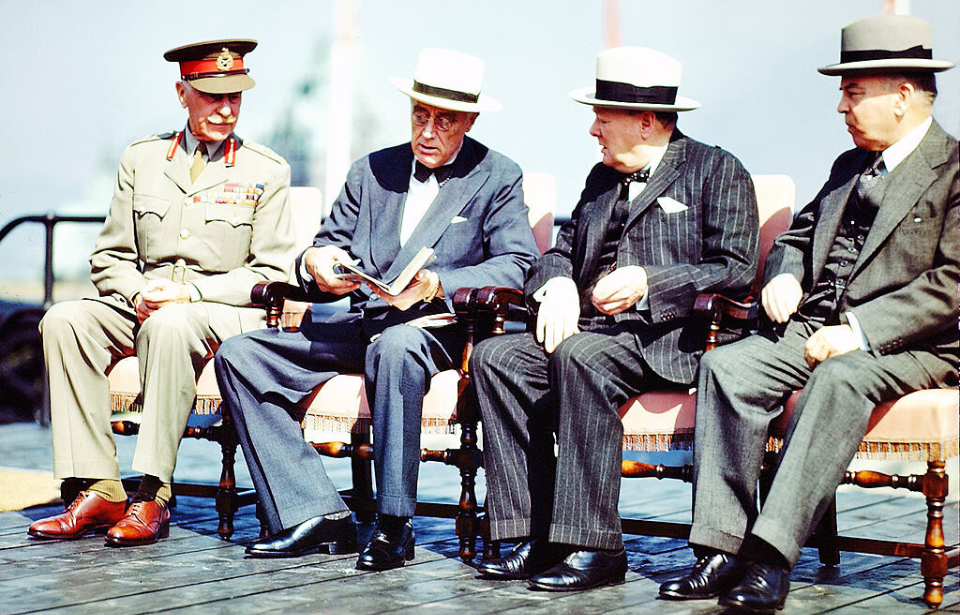As the Second World War progressed, a pivotal moment arose when the Allies gained confidence in their likely victory, especially following the notable successes that took place after D-Day. As a result, leaders recognized the necessity of planning for post-war arrangements in Germany. Among the various proposals, the Morgenthau Plan sparked significant debate.
It’s widely acknowledged that the initial idea is not always the most sound, and this reality was particularly evident in this case.
Henry Morgenthau Jr.
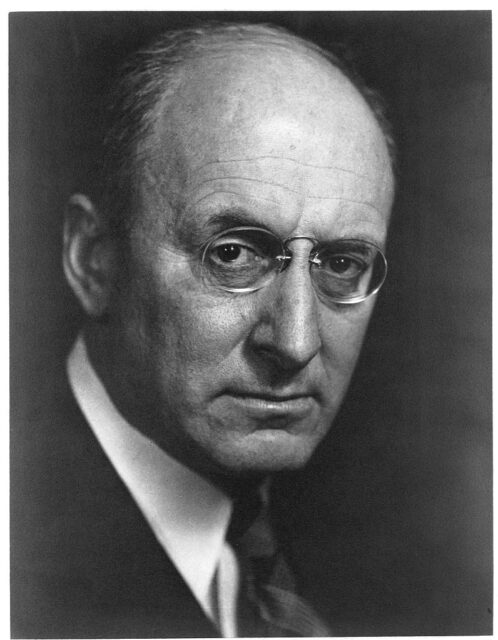
The brainchild behind the plan was Henry Morgenthau Jr., who was the secretary of the treasury during Franklin D. Roosevelt‘s presidency from 1934-onward. His appointment was based on his reputation for stringent oversight of government spending.
As the Second World War unfolded, Morgenthau expanded his involvement beyond financial matters within the administration. As a person of Jewish descent, he consistently urged Roosevelt to take action to rescue his people from German persecution. Additionally, Morgenthau played a significant role in the Lend-Lease agreements between the United States and other nations.
In 1944, Morgenthau ventured into foreign policy, and it was during this period that he formulated his vision for the post-war world. He explained, “I appreciate the fact that this isn’t my responsibility, but I’m doing this as an American citizen, and I’m going to continue to do so, and I’m going to stick my nose into it until I know it is all right.”
He added, “I want to make Germany so impotent that she cannot forge the tool of war – another world war.”
Morgenthau Plan

The Morgenthau Plan was put forth in a memorandum, titled Suggested Post-Surrender Program for Germany.
It encompassed three key clauses. Firstly, it mandated the full demilitarization of Germany, involving the disarmament of the populace and the elimination or relocation of industrial assets that could contribute to future militarism. Implementation was slated to begin immediately upon Germany’s surrender.
The focal point for this demilitarization was the Ruhr, as it represented the core of the country’s war industry. According to the Morgenthau Plan, within six months of the war’s conclusion, the Allies would extract all factories and equipment from the region, destroying those that couldn’t be relocated. Residents with industrial training would be encouraged to relocate elsewhere.
Once these phases were completed, the area would be designated as international territory, overseen by the United Nations (UN) to prevent its remilitarization.
Partition of Germany
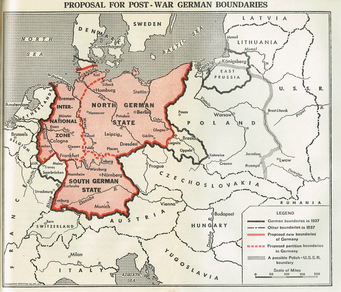
Instead of seeking reparations, as they did with the Treaty of Versailles following of the First World War, the Allies intended to secure financial compensation by assuming control of the region and acquiring control over factories and resources previously utilized by Germany.
The restructuring of German territory extended beyond these economic measures:
- France was designated to receive the Saar region along with territories in proximity to the Moselle and Rhine.
- Poland was allocated portions of East Prussia and southern Silesia.
- Austria was slated to revert to its pre-1938 borders.
As for Germany, it would be partitioned into two distinct states. The southern regions, encompassing Württemberg, Baden and Bavaria, would comprise South Germany, while the northern territories – Saxony, Thuringia and Prussia – would come together and form North Germany.
Cordell Hull developed a second plan
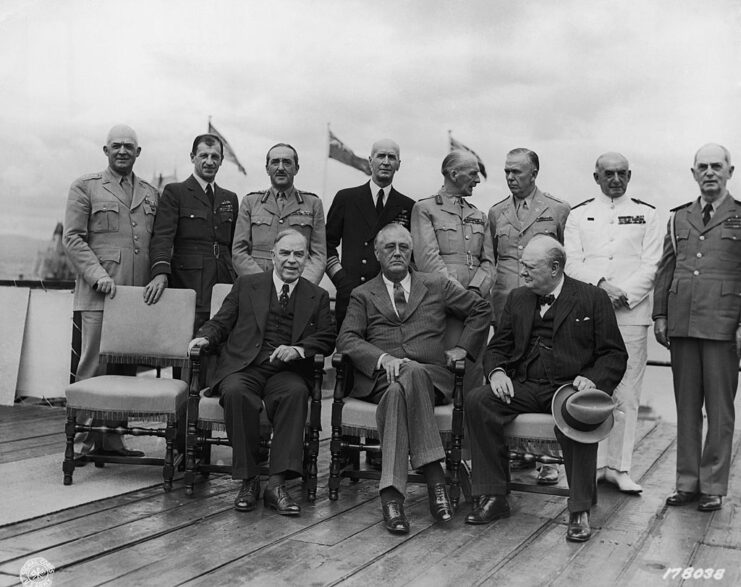
At the root of Morgenthau’s plan was his desire to see Germany turned into a country of farmers who, without advanced technology and materials, could never again threaten Europe or the rest of the world with another war.
This wasn’t the only plan created, as Secretary of State Cordell Hull, initially tasked with the job, had also developed his own. While Morgenthau was determined to ruin Germany, Hull wanted to ensure the country could quickly get back on its feet.
Both plans were presented to Roosevelt, who said in a letter to Queen Wilhelmina of the Netherlands, “There are two schools of thought – those who would be altruistic in regard to the Germans, hoping by loving kindness to make them Christians again, and those who would adopt a much tougher attitude. Most decidedly, I belong to the latter school, for though I am not bloodthirsty, I want the Germans to know that this time at least, they have definitely lost the war.”
The Morgenthau Plan and German propaganda
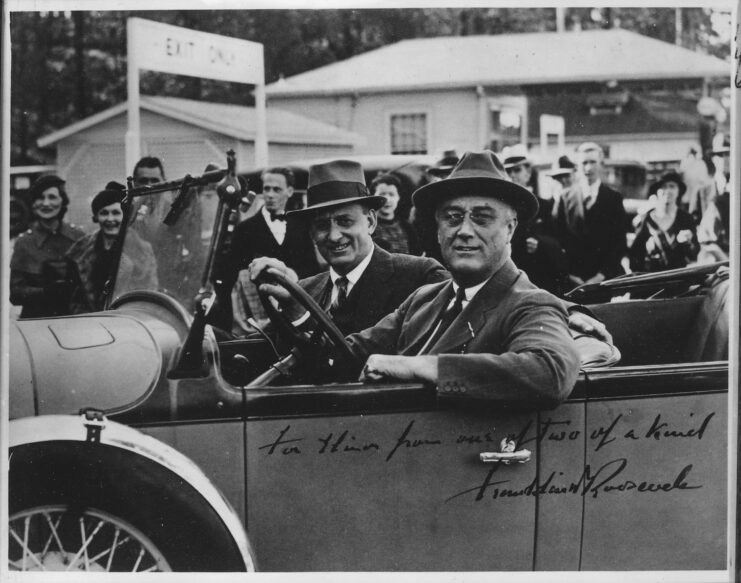
It was largely due to Roosevelt’s support that the Morgenthau Plan was first presented to international politicians at the Second Quebec Conference in 1944. Although Winston Churchill was initially opposed to the idea, he eventually came around, thanks to the US offering the United Kingdom a sizeable Lend-Lease agreement.
After the conference, The New York Times reported on the plan on September 21, 1944. In no time, Germany’s propaganda ministry began using the information to bolster the fight among the country’s military. The fact Morgenthau was Jewish only made matters worse, as this was used to show Jewish people were conspiring against the German state. This, according to the government, justified the horrifying treatment of these people.
Marshall Plan
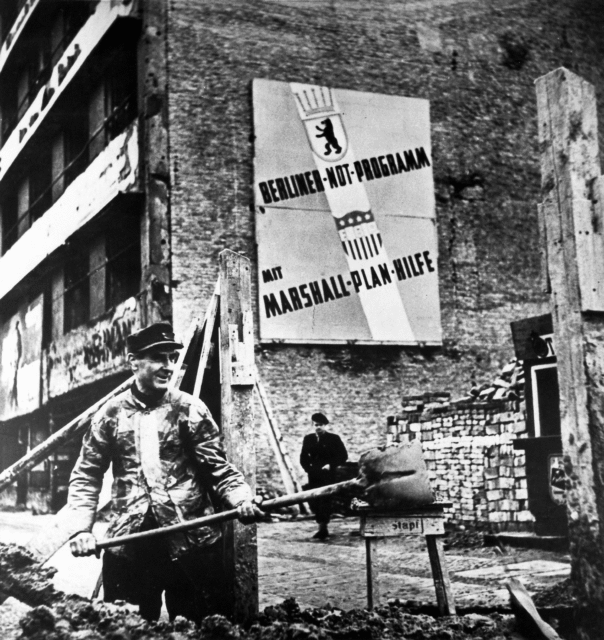
When Roosevelt died in April 1945, so, too, did the Morgenthau Plan. For a brief period, it looked like President Harry Truman was going to consider the idea, as he signed Directive 1067 on May 10, 1945, which said America would “take no steps looking towards the economic rehabilitation of Germany [or] designed to maintain or strengthen the German economy.”
This was short-lived, as Turman then signed Directive 1779 that July, designed to provide aid to Germany, instead. That same month, Morgenthau was forced to resign from his position in the Treasury, as he and Truman had too many differences in their political approach. Perhaps this is just as well – calculations show that, if the plan had been implemented, nearly 25 million Germans could have starved.
More from us: These ‘Night Witches’ Weren’t Burned At the Stake – They Bombed German Soldiers
The approach implemented when World War II ended was about as far away from the Morgenthau Plan as possible. Instead of turning the Germans into a bunch of farmers with little-to-no advanced technology, it provided significant economic aid, so they could stabilize their country and recover from the conflict.
The Marshall Plan, as it was called, was highly successful and allowed Germany to rebuild in a way it was never permitted to at the end of the First World War.
